
There’s a lot to think about when choosing new windows for your home, ranging from the design and frame material, through to the practicalities involved in opening and closing each unit, maintenance and ventilation.
When starting your search for new windows, a lot depends on whether you’re simply replacing your windows with like-for-like units, or installing completely different units as part of a bigger renovation project.
'Windows are often underestimated, but they make a huge difference to the look and feel of your house,' says Jonathan Hey, founder and managing director of Westbury Garden Rooms and Joinery. 'You’ll never have a good-looking home unless you have well-designed windows. Proportion is everything – it’s about scale, depth and creating interest without too much detail.'
There’s also a lot of industry lingo to get to grips with if you’re going to fully understand and appreciate all the options. That’s why we’ve broken down the main solutions, here – to help you make the best choice for your home.
What are the different types of windows you can get?
Casement windows
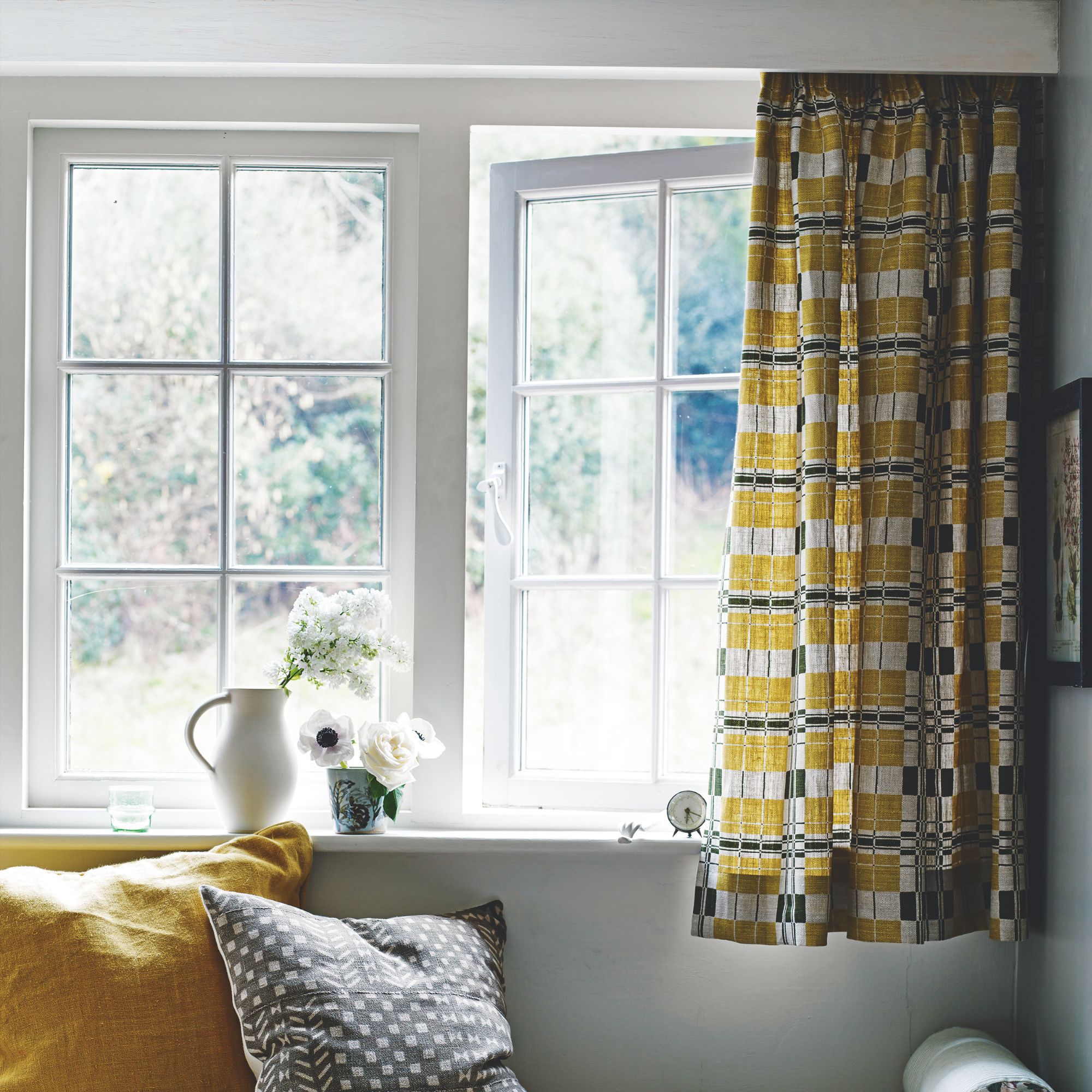
A casement window is hinged at the side (either left or right) and typically opens outward, like a door. 'They’re cost-effective, provide good ventilation and are easy to operate and replace,' says Chris Moorhouse from Wickes.
Within this category, you also get tilt-and-turn windows, which offer a dual-function opening system. The first configuration works on a side hinge, allowing the leaf to swing inwards or outwards like a standard casement. The second function allows the window to tilt inward from the top, providing ventilation without fully swinging the window open – ideal for high-level spaces. 'Tilt-and-turn windows are great for flats because they’re easy to clean, but they don’t always suit the aesthetics of a traditional home,' says Jonathan.
Top-hung windows
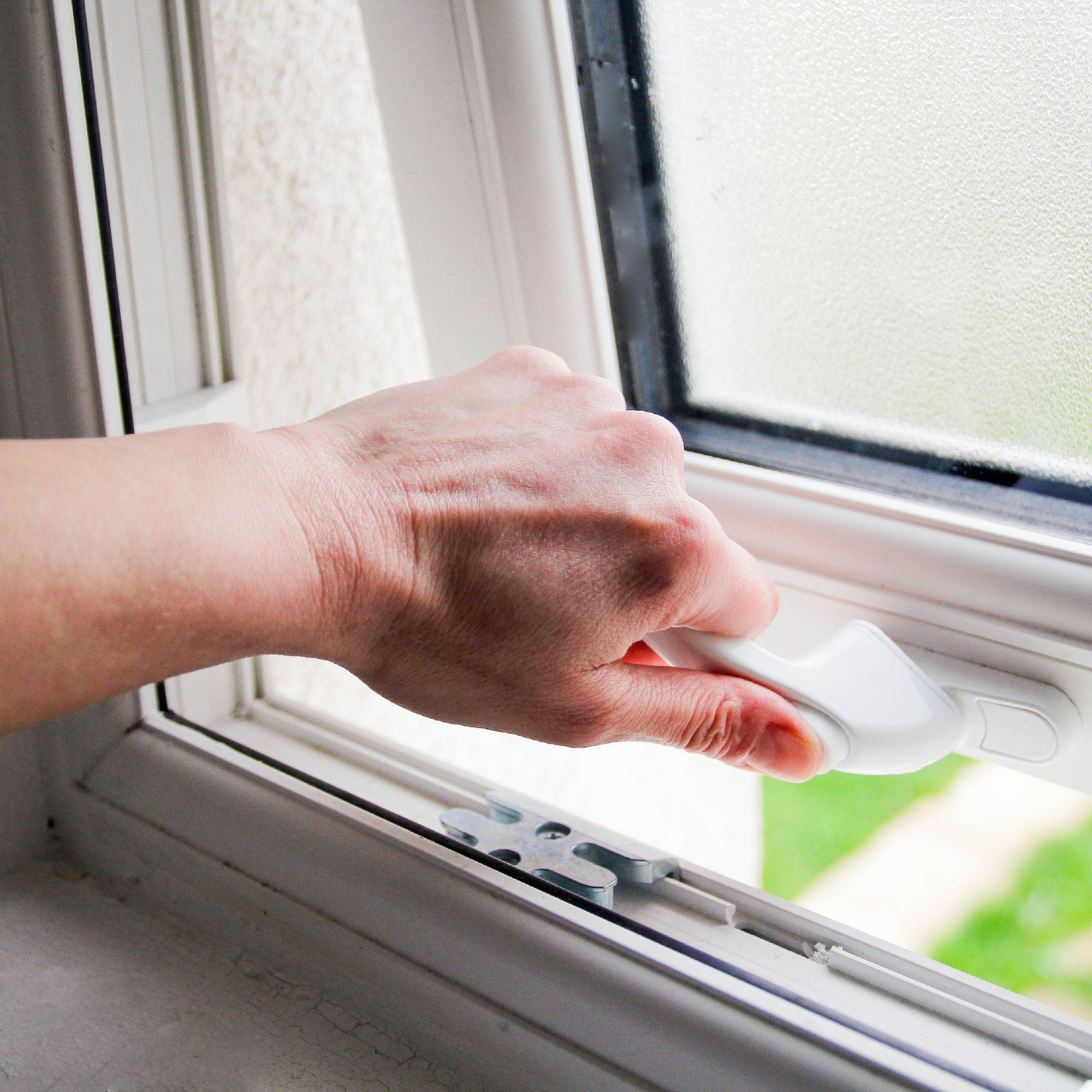
Top hung windows are hinged at the top, usually with a handle at the bottom for opening. They work well in areas of the home where high-level glazing is best (like in bathrooms) or when you need to reach across a space to open the window (like over a kitchen worktop). When the window is closed, from the outside it’ll look the same as a standard casement design.
Sash windows
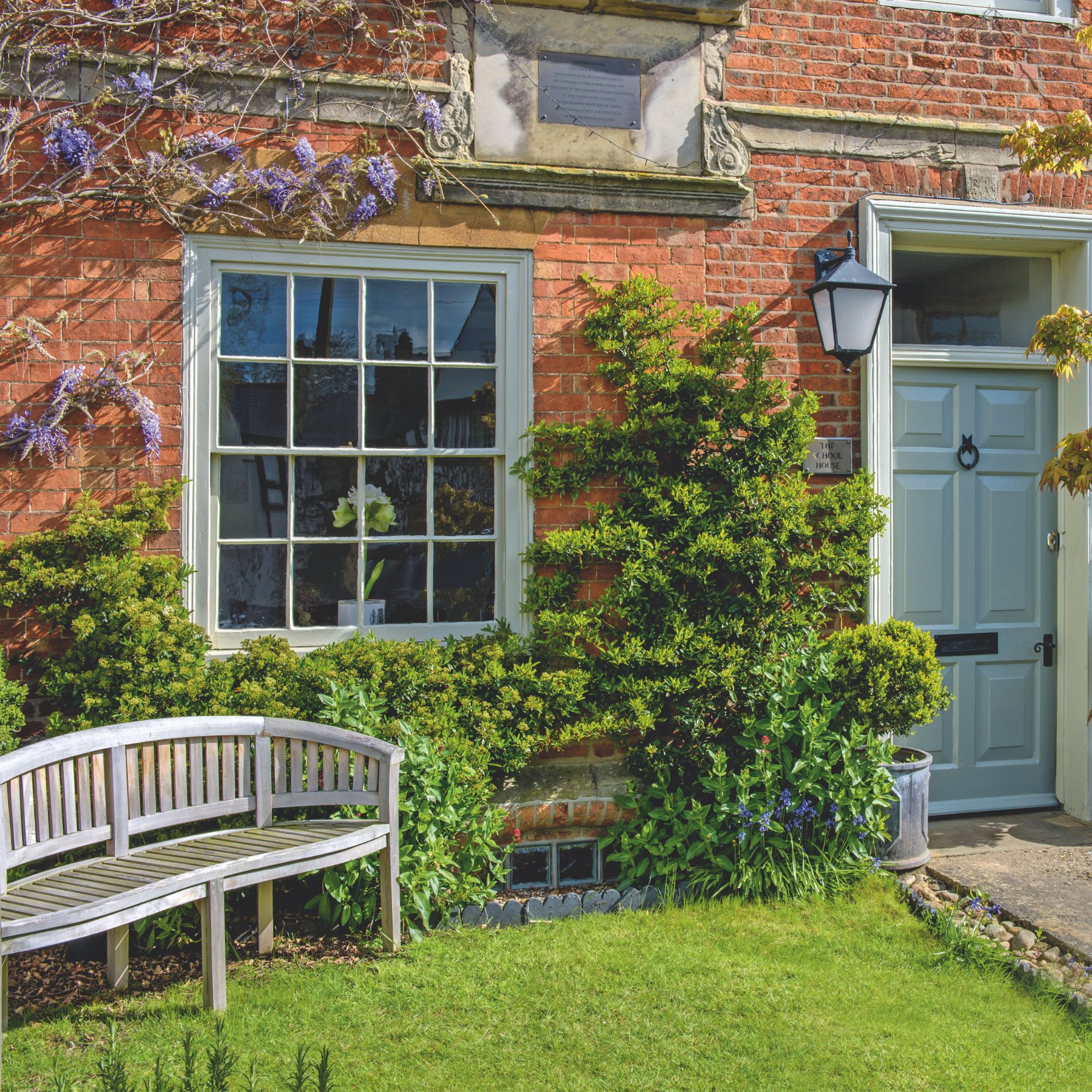
Synonymous with traditional Georgian and Victorian architecture, sash windows features two separate panes of glass that glide up and down the window frame on a fixed track. One or both sashes move vertically in front of the other to provide ventilation when the window is open. As the sashes move along a fixed frack, they don’t swing outwards or into the room like a casement window.
Picture windows
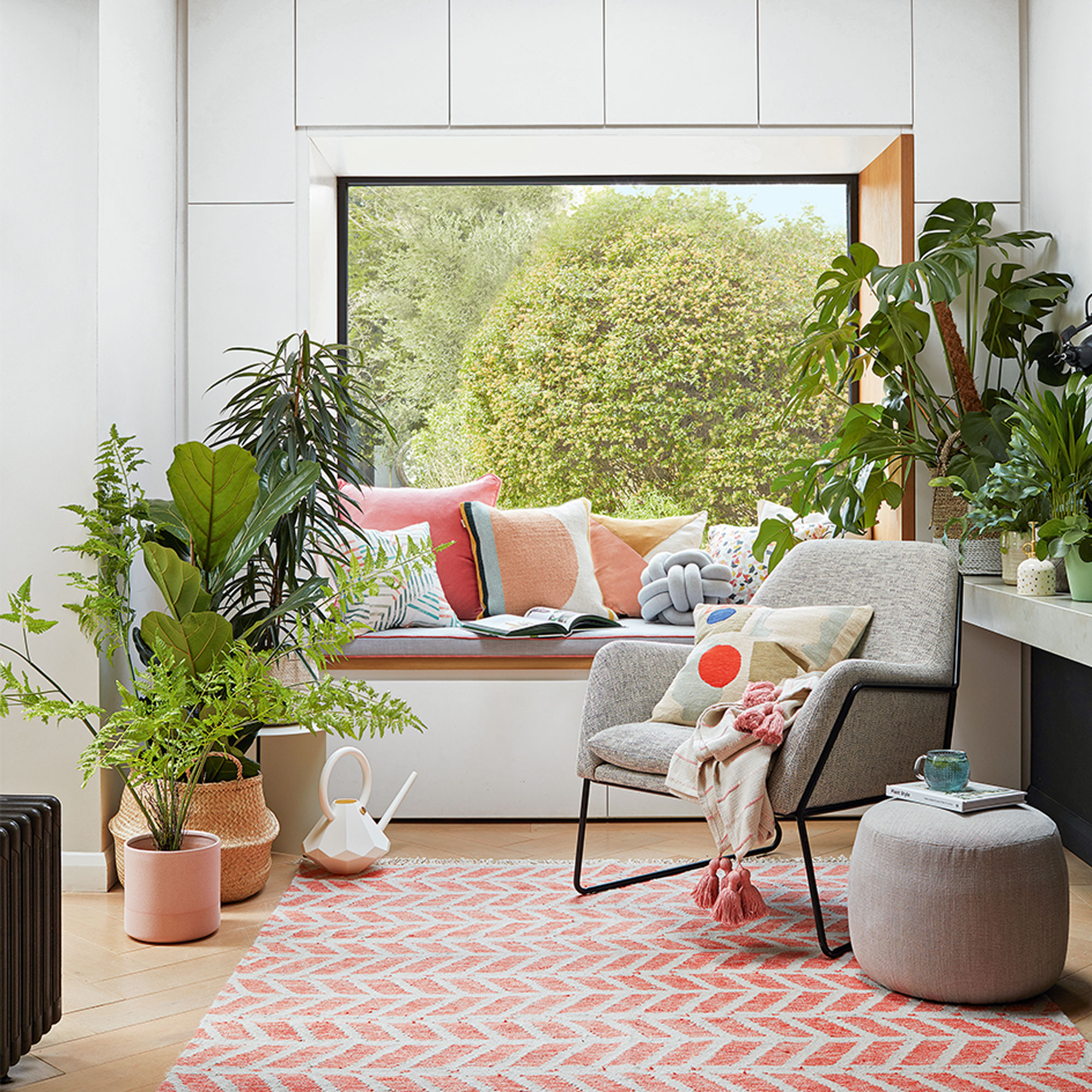
A picture window is a large, fixed-pane window that doesn’t open or close. It is installed primarily to frame prized views of the outdoors, rather than for providing ventilation.
Positioned well, a picture window can add a touch of wow-factor to your home.
Clerestory windows
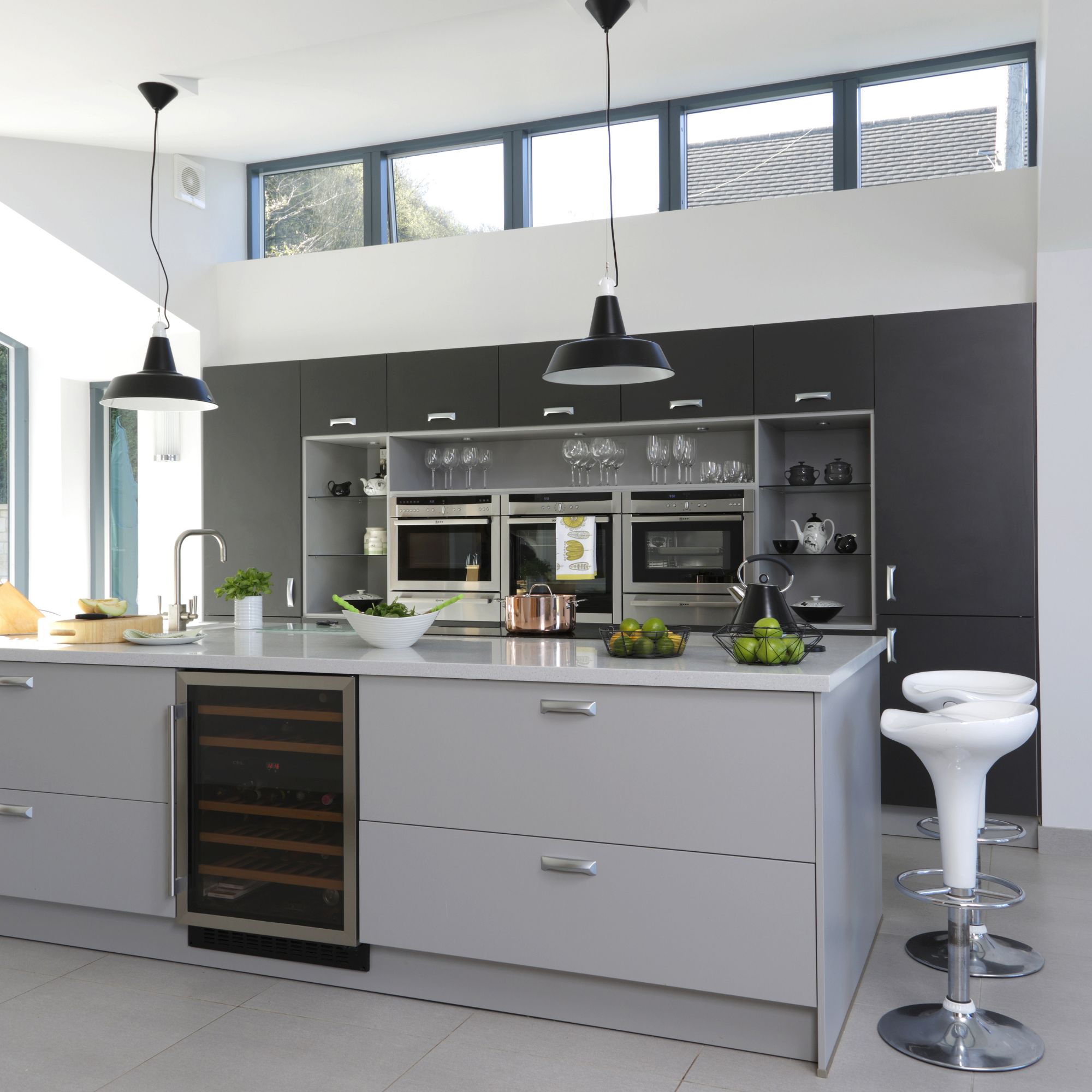
Large or small, clerestory windows are often installed at the top of the wall, rather than at eye level. It’s installed at a high level to allow light and ventilation in from above without compromising on occupants’ privacy.
Bay windows

Bay windows feature a combination of multiple windows (usually three) that project outward from the main walls of the house. As well as providing a panoramic view of the outdoors, this setup can give additional floor space inside.
Oriel windows
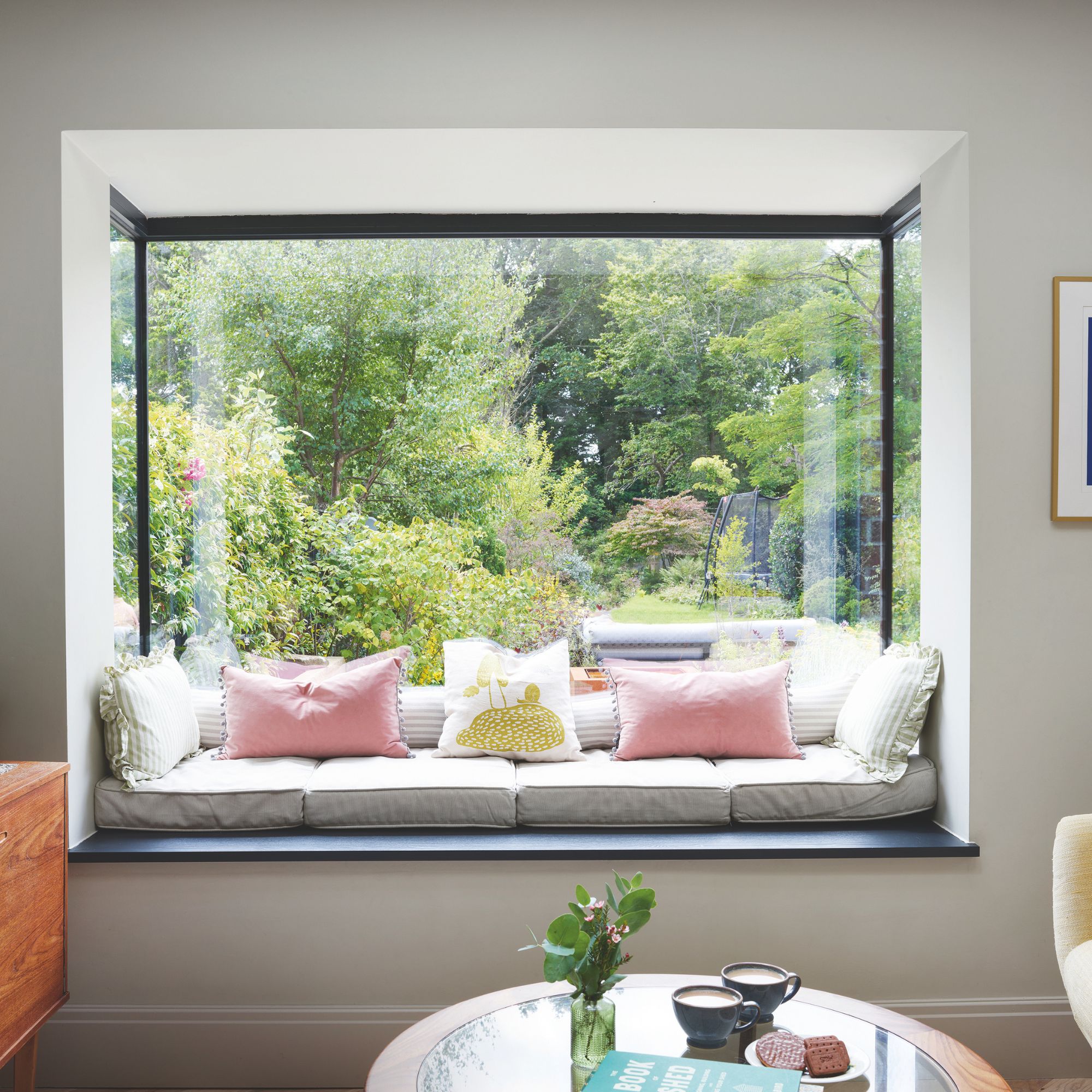
Like a bay window, an Oriel setup projects beyond the walls of the house, creating a three-dimensional glazed structure. Unlike a bay window, an Oriel structure will not reach all the way down to the ground. Modern Oriel windows often feature a minimal, frameless aesthetic, creating the appearance of a sleek glass box.
Fixed windows
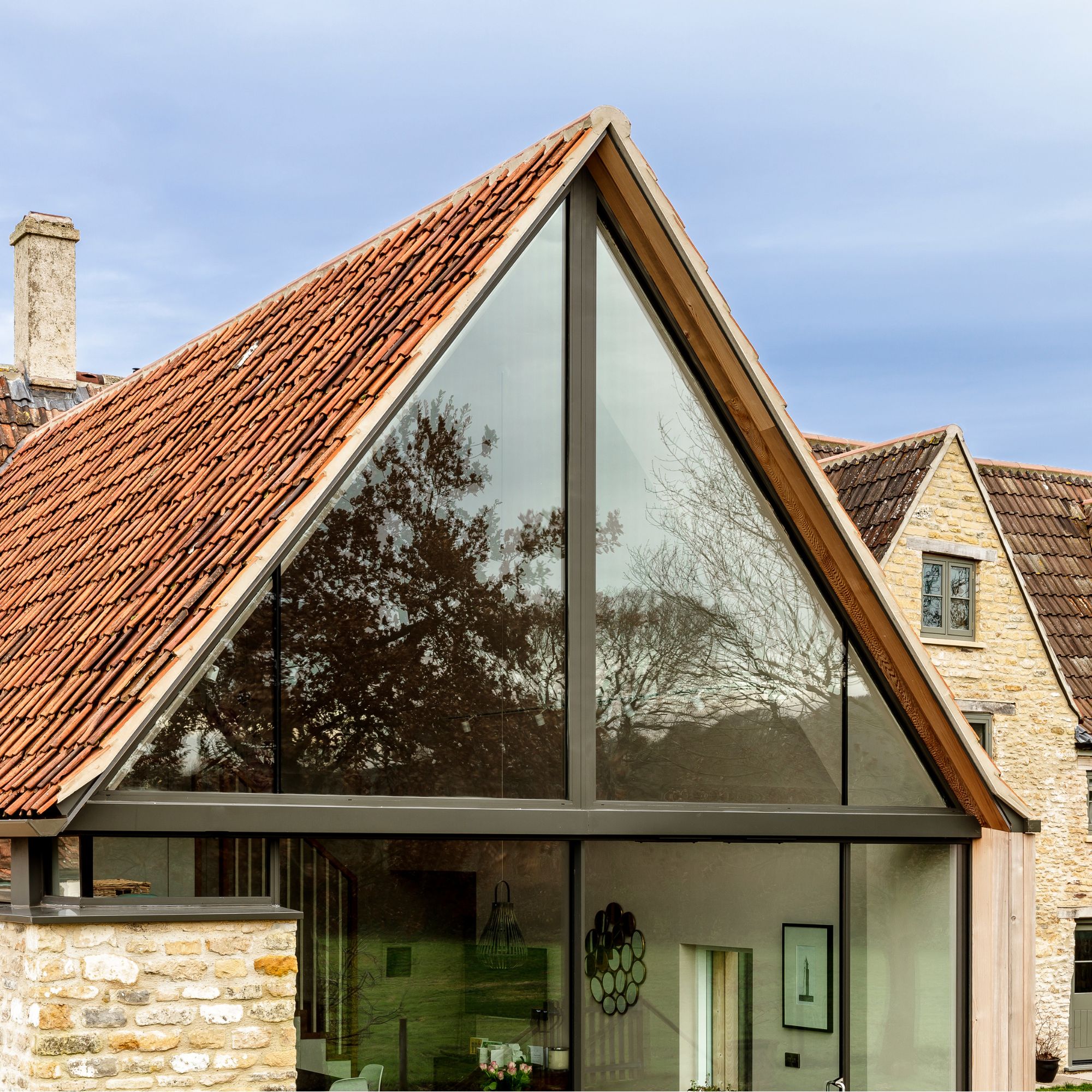
This type of window comprises a fixed pane of glass that cannot be opened to let fresh air in. “Fixed windows maximise views and energy efficiency thanks to their airtight seal and superior insulation,” says Chris from Wickes.
These can be particularly useful design choices if you are looking to bring more natural light into your home.
Internal windows
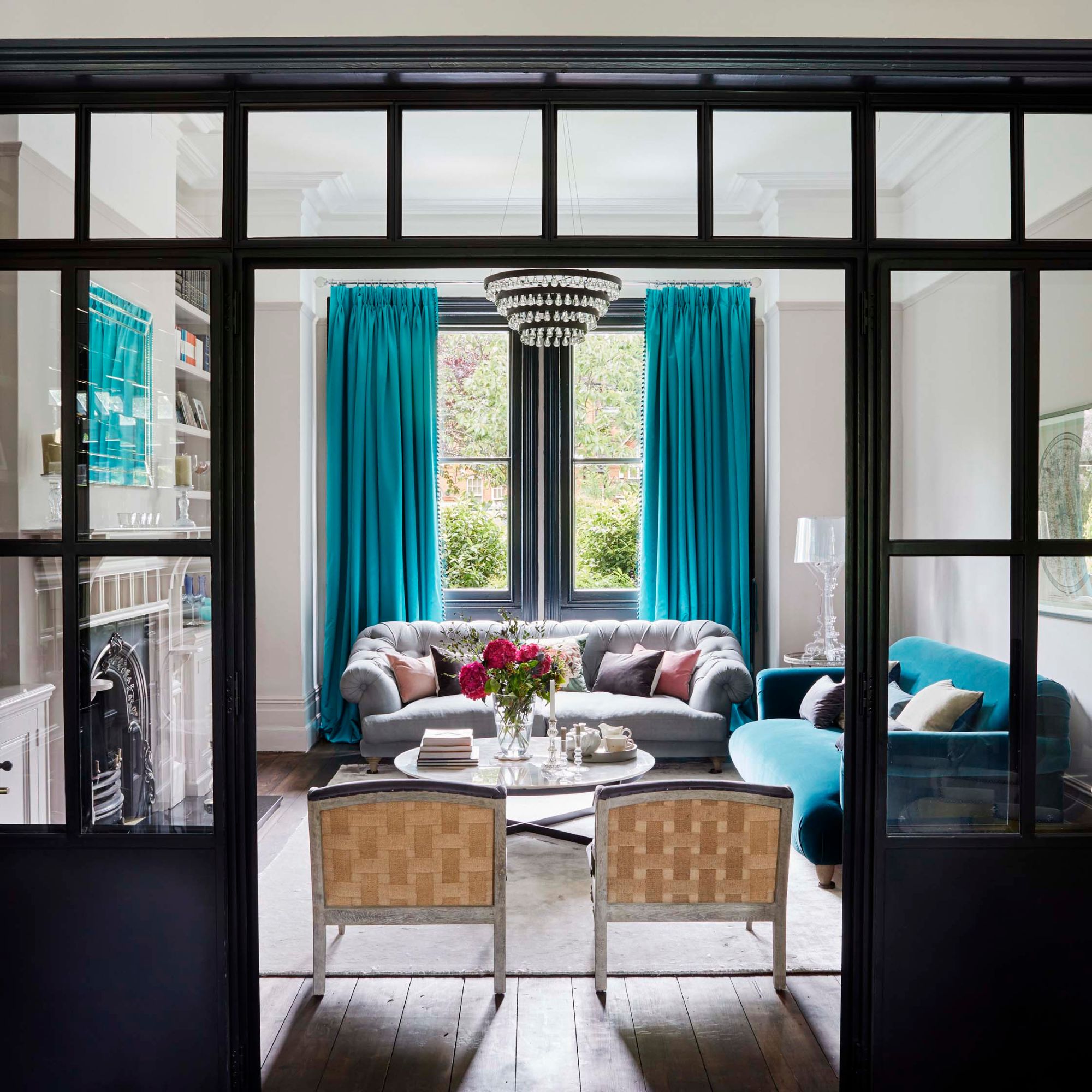
You aren’t limited to installing windows exclusively in your home’s exterior walls. Fitting internal windows between rooms can work wonders in maximising the flow of light through your home, especially when it comes to illuminating light-locked rooms at the centre of the floorplan.
Roof windows
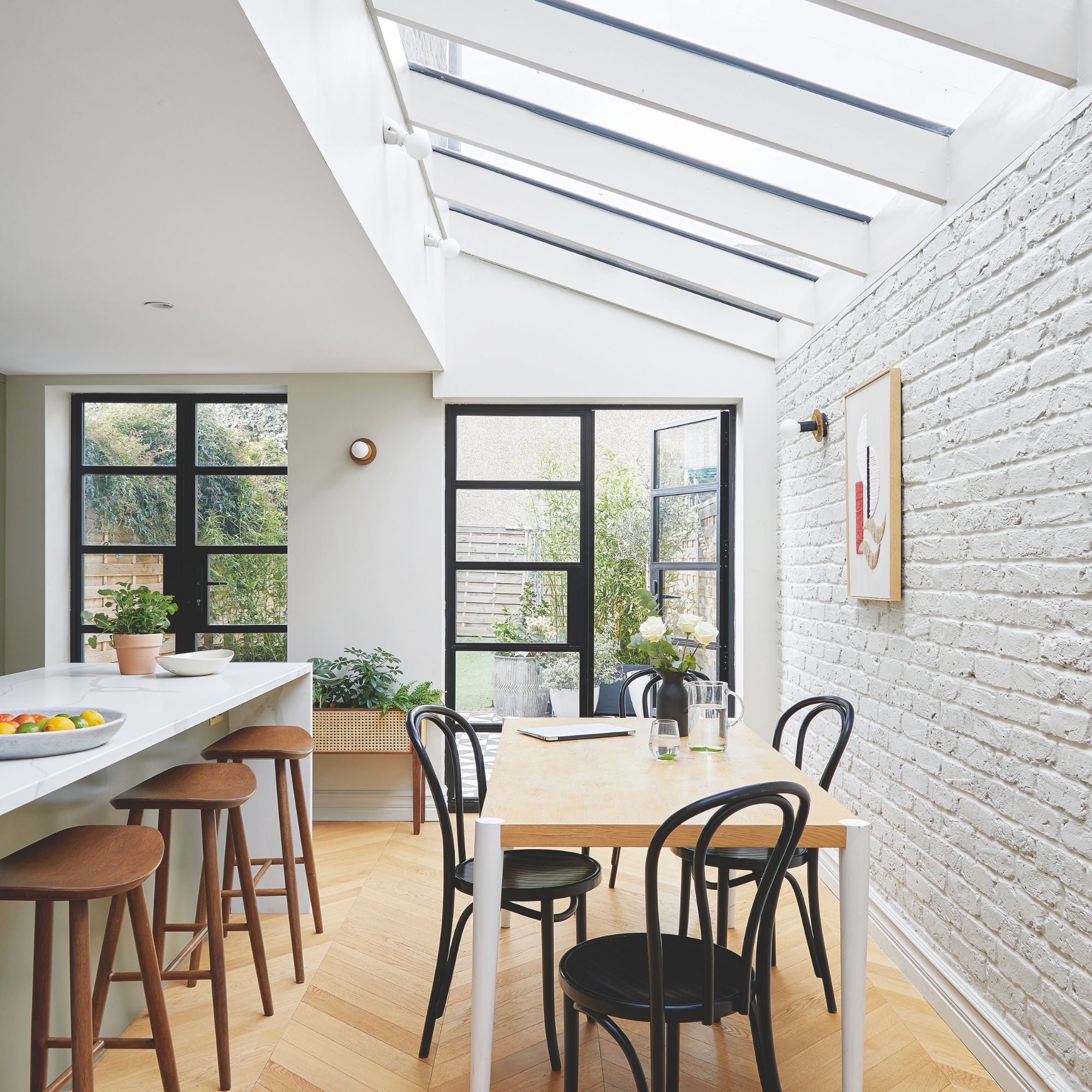
The term roof windows is a bit of an umbrella term and can include rooflights, also known as skylights or Velux windows, or roof lanterns, which project from a flat roof in a pyramid shape.
When it comes to roof windows, there are multiple options depending on where in your home the window is being installed and the pitch of your roof. For example, in a single-storey kitchen extension with a flat roof, you might install a fixed overhead window or a window that can open and let fresh air in. A range of standard sizes is available, or bespoke roof windows can be manufactured to your chosen dimensions to maximise the amount of light coming in.
If you’re installing roof windows as part of a loft conversion, for instance, you’ll likely be working with a pitched (sloping) roof. This type of window can be fixed or hinged at the top allowing the window to open and let fresh air in. Some suppliers, like Velux, also offer windows where the top section of the unit opens outwards to 45°, creating a small balcony space that’s enclosed by side banister railings for safety.
Dormer windows
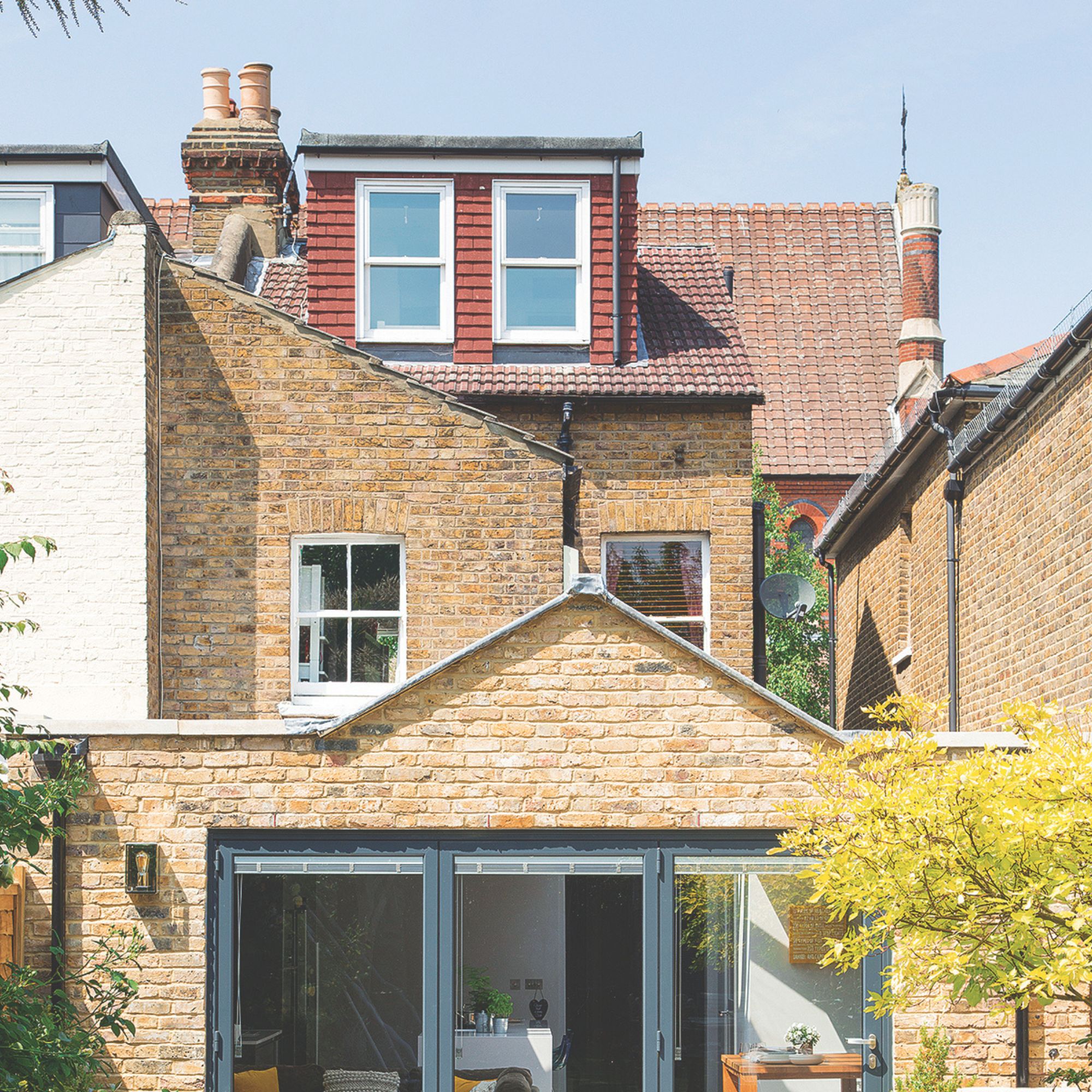
Typically installed as part of a loft conversion or extension as a way of gaining extra floor space by creating additional head height, this type of window protrudes vertically from the slope of a pitched roof. The window itself sits perpendicular to the slope of the roof and has its own roof above, which can be pitched, flat or sloping.
How do I choose the right type of window for my home?
Practicality
'I would always advise to focus on practicality first and foremost when choosing a window,' says Matt Higgs, managing director at Kloeber. 'It’s important to give consideration to how you use the space the window is in, how likely you are to be opening and closing it on a regular basis and what your primary use for the window is, ie views, ventilation, external aesthetics.'
Design
If you’re updating your house and replacing windows with like-for-like units, you might be more limited with the types of unit you choose as you’re working with an existing aperture. However, if you’re building an extension, there’s potentially a lot more design freedom as you’re starting from scratch.
'If you’re replacing windows, it’s best to stick with the same style as the original design – casement for casement or sash for sash,' says Rob Owens, sales manager at Westbury Windows and Joinery. 'This isn’t just about aesthetics but also practicalities, like meeting escape regulations – which is why the original windows were chosen in the first place.'
If you’re extending and there’s more scope to experiment with design, consider whether you’re looking to create a traditional or modern aesthetic. 'Modern designs often work well with large windows to maximise light and create an airy feel. Sliding sash or tilt-and-turn styles can also work, depending on the home’s aesthetic,' says Jonathan.
'For traditional homes, sash windows are a fantastic option. They’re long, elegant and proportioned beautifully, adding character and scale to period properties,' he adds.

Frame material
'This is important, as each material type has an associated cost and different properties that affect the window’s longevity, heat retention and aesthetic,' says Matt.
UPVC is the go-to option if you have a tight budget, though if you’re looking for more of an authentic, characterful look – especially for a historic home – timber might be the preferred option. Metal frame windows (steel or aluminium) are popular, too, as the innate strength of the material means you can achieve super-slim frames and maximise the amount of glass.
If you want to combine the strength and low maintenance qualities of metal with the naturally insulating properties of wood, you might go for composite windows. This type of frame has metal on the outside and wood on the inside, so you’re getting the best of both worlds.
Energy efficiency
'If simply replacing windows for a similar style, consider a more energy efficient and durable material to improve return on investment,' says Rachel Munby, chief marketing officer at Anglian Home Improvements.
For most homes in the UK, double glazing will do an effective job of keeping warmth inside the house. This type of window features two panes of glass with a space in between, which is filled with an insulating layer of glass. 'This gas prevents warm air from escaping and prevents heat from transferring from one side to the other,' says Rachel.
However, if you have high goals for thermal efficiency, then in the double vs triple glazing debate, triple might come out on top. 'This type of glazing has significant benefits, notably, high energy efficiency ratings and outside sound reduction. As it has three panes of glass, it’s incredibly effective at keeping heat in,' says Rachel.
Depending on your home’s location and orientation to the sun, it might be that a mix and match strategy that uses both double and triple glazed windows is the best solution for your home. Speak to your supplier and get a thorough survey done for the best possible results.
Safety and security
Building Regulations lay out the stipulations for the safety and security of your windows, so it’s important to choose an installer who will ensure your windows installed properly and tick all the required boxes. 'It’s crucial to choose a FENSA-registered installer,' says Rob from Westbury. 'This gives you confidence that your windows will be installed to a high standard and comply with Building Regulations.'
Specification details to look out for include toughened safety glass, multi-point locking and robust hinges.
Soundproofing
If you live near a busy road or under a flight path, this might factor into your decision-making process when specifying the glazing for your new windows. 'Glass technology today is incredible and there are options to suit almost every need,' says Jonathan from Westbury.
Once you've chosen your windows, you might want to revamp your patio doors to complement the overall aesthetic.







